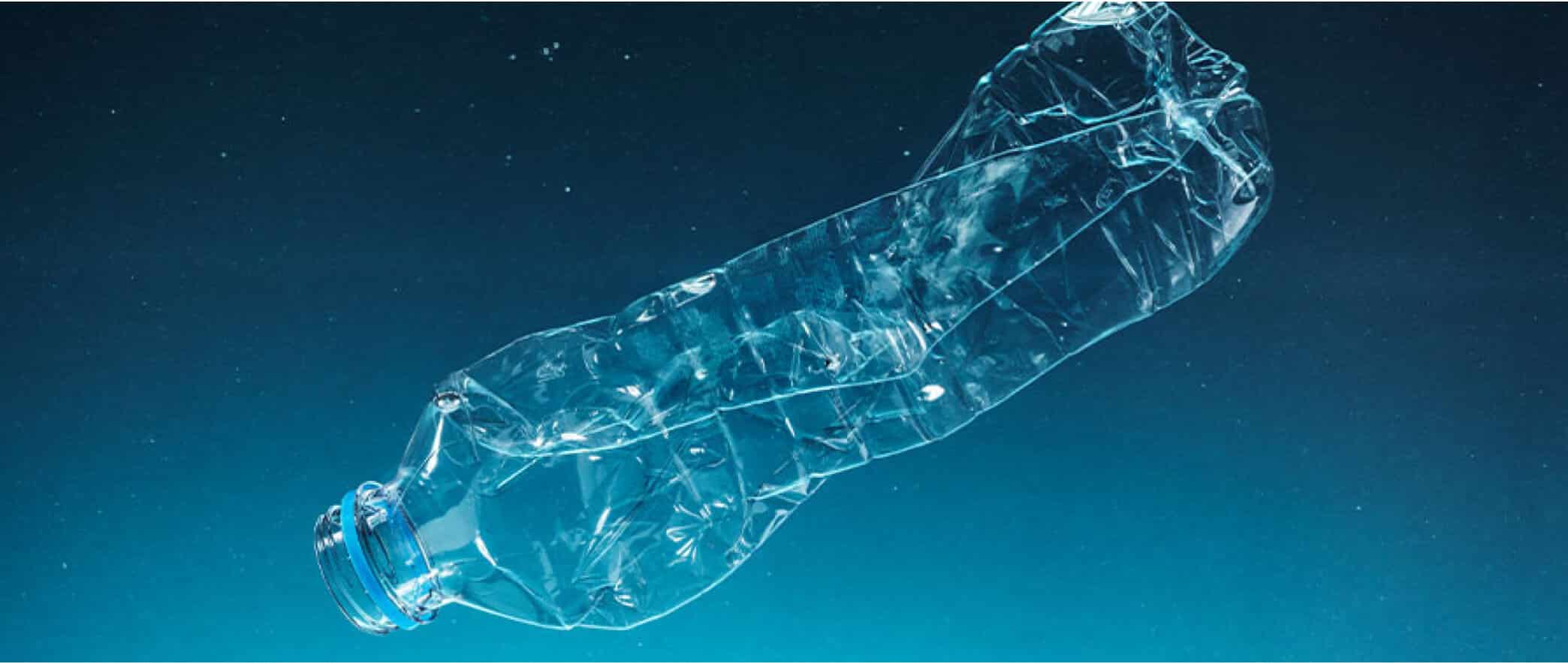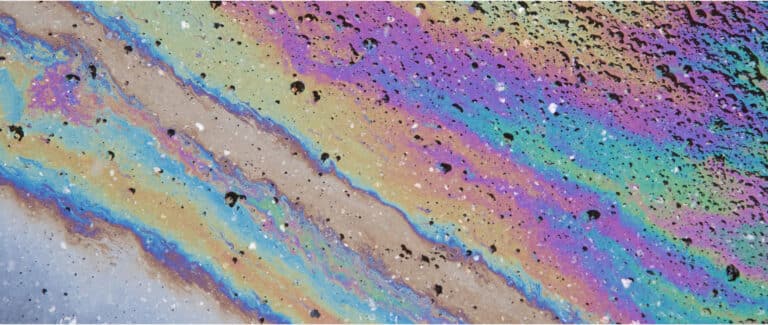
Plastic is found in bottled water around the world
In addition to tap water, bottled water is also contaminated with plastic microparticles. A new U.S. study has found them in 93% of its samples of well-known brand bottles from around the world.
In September, an earlier U.S. study found plastic microfibers (invisible to the naked eye) in tap water around the world. A little more in the United States and a little less in Europe. But now it has been proven that bottled water is also affected.
This is the result of a new study conducted by the same American researchers, led by Sherri Mason, a professor at the State University of New York at Fredonia. In total, water from more than 250 bottles in nine countries, including Lebanon, India and the United States, was closely analyzed, says the summary published this Wednesday on the Orb Media platform.
Eleven major brands involved
Their conclusions are clear: plastic microparticles were detected in 93% of their water samples, using an infrared microscope. These were polypropylene, nylon and polyethylene terephthalate, among others. In one liter of water, they counted an average of 10.4 particles measuring about 0.10 millimeters. One of the bottles had a concentration of more than 10,000 particles per liter. The sizes of these microparticles ranged from the width of a human hair to the size of a red blood cell.
Although Belgium is not mentioned in the study, these are bottles that are also consumed here. In fact, 11 well-known brands were affected, including Aqua, Aquafina, Dasani, Evian, Nestle Pure Life and San Pellegrino.
Even in glass bottles
What’s to blame? I think it comes from the bottling process. I think most of the plastic comes from the bottle itself, from the cap, from the industrial process of bottling,” researcher Sherri Mason told AFP. The problem is that “water in glass bottles also contains microplastics,” she adds.
What are the specific health risks? Scientists say that 90% of plastic particles can be absorbed by the human body if they are smaller than 150 microns. The remaining 10% can behave very differently depending on the individual: some can lodge in the intestinal wall, others can be absorbed by the intestinal tissue and travel through the body’s lymphatic system, and still others can enter the bloodstream and travel to the intestines, gallbladder, pancreas, spleen and then the liver.
Unknown risks to human health
In the study, 95% of the particles measured between 6 and 100 microns, which is very small, but small enough to get into the body’s organs. The concern is that the long-term effects of daily plastic ingestion on human organs are “still unknown”.
In their previous study on tap water, the researchers pointed to a double threat: the tiny plastic particles themselves, and the chemicals and pathogens (bacteria…) they can harbor and transmit.
SOCIAL SHARES – MARCH 15, 2018
Pauline Gilles – Express Editor


